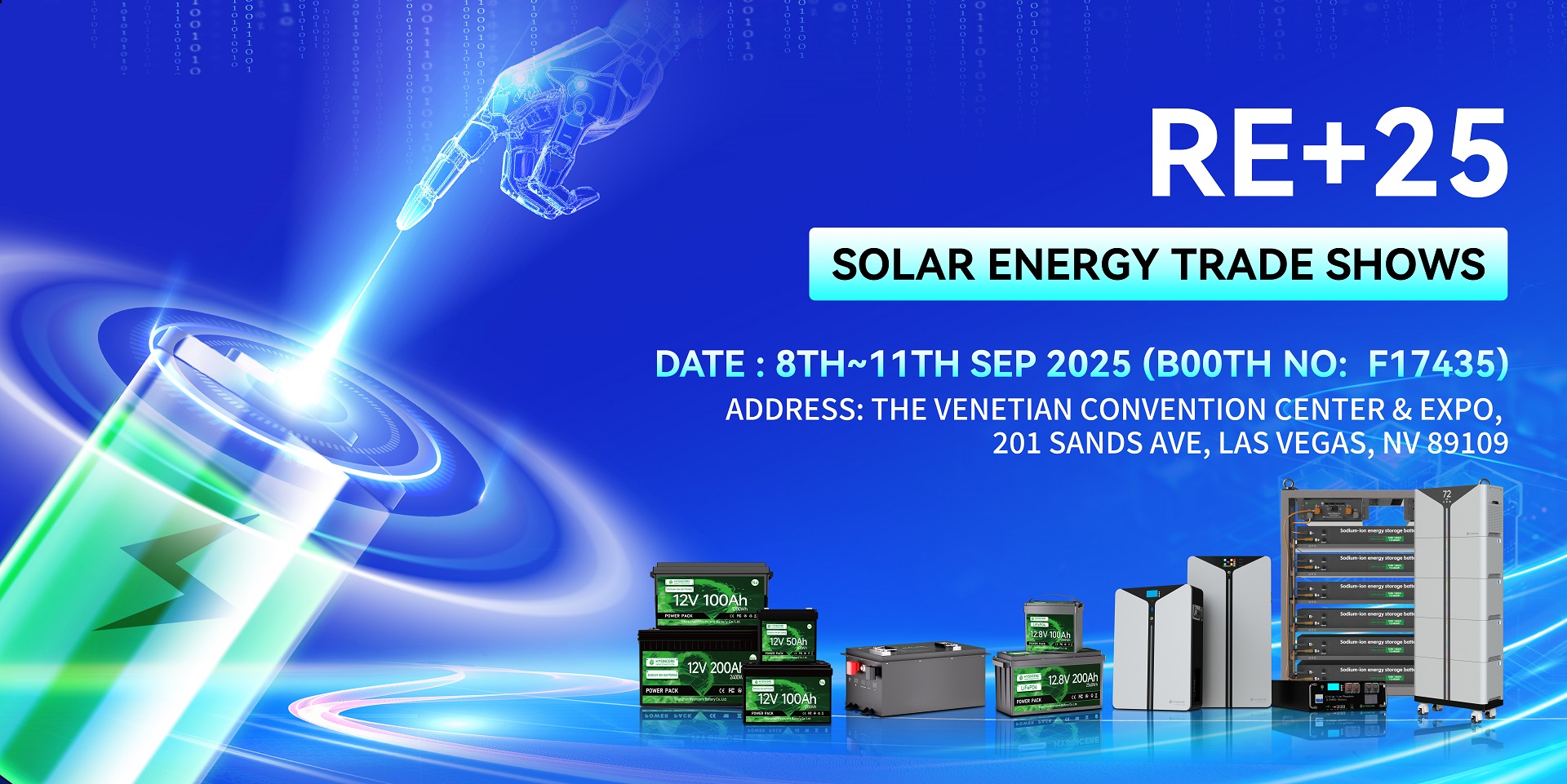
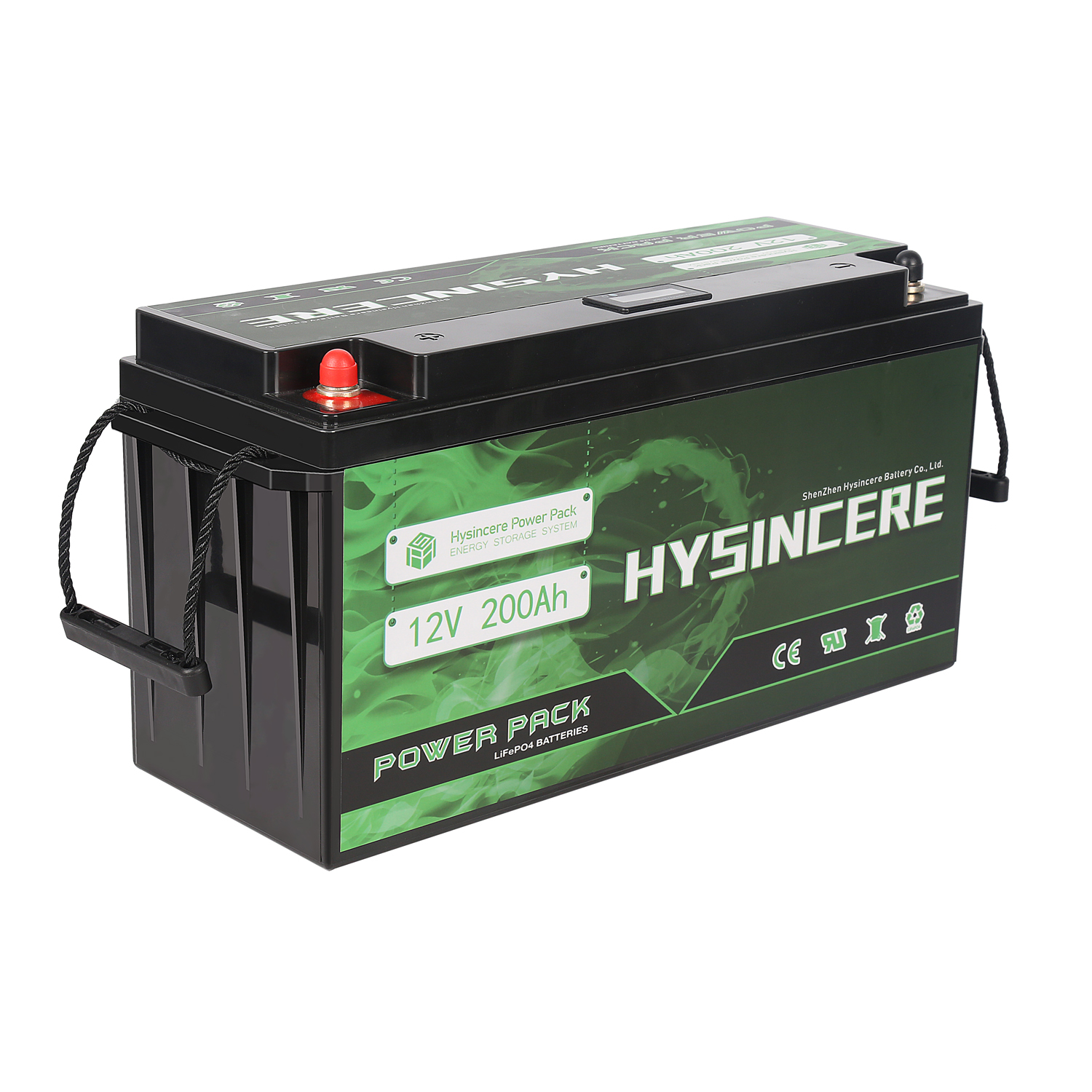
In the pursuit of dependable energy solutions, deep cycle batteries stand as essential components for various applications. This article provides an insightful comparison between the Duracell Ultra Deep Cycle 12V 100Ah AGM battery and the Weize 12V 100Ah Deep Cycle AGM and Gel batteries, exploring their unique attributes and ideal applications.

In the realm of battery technology, 12V 100Ah lead acid batteries hold a significant place, offering reliable power for a variety of applications. This article delves into the specifics of these batteries, highlighting their types and uses.
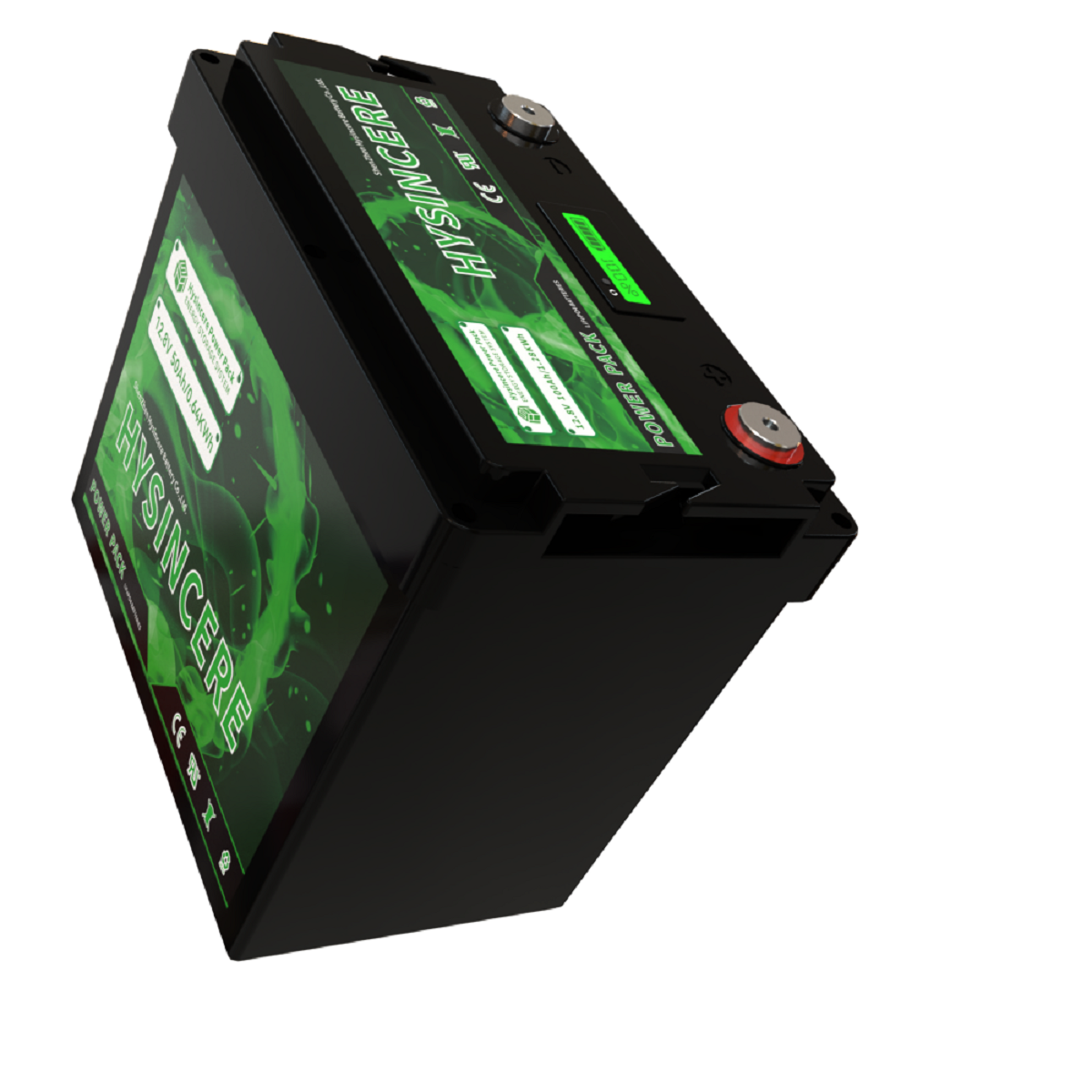
When selecting lithium batteries for various applications, understanding the differences between voltage and capacity is crucial. This article compares 48V 100Ah and 12V 100Ah lithium batteries, highlighting their specific applications and advantages.
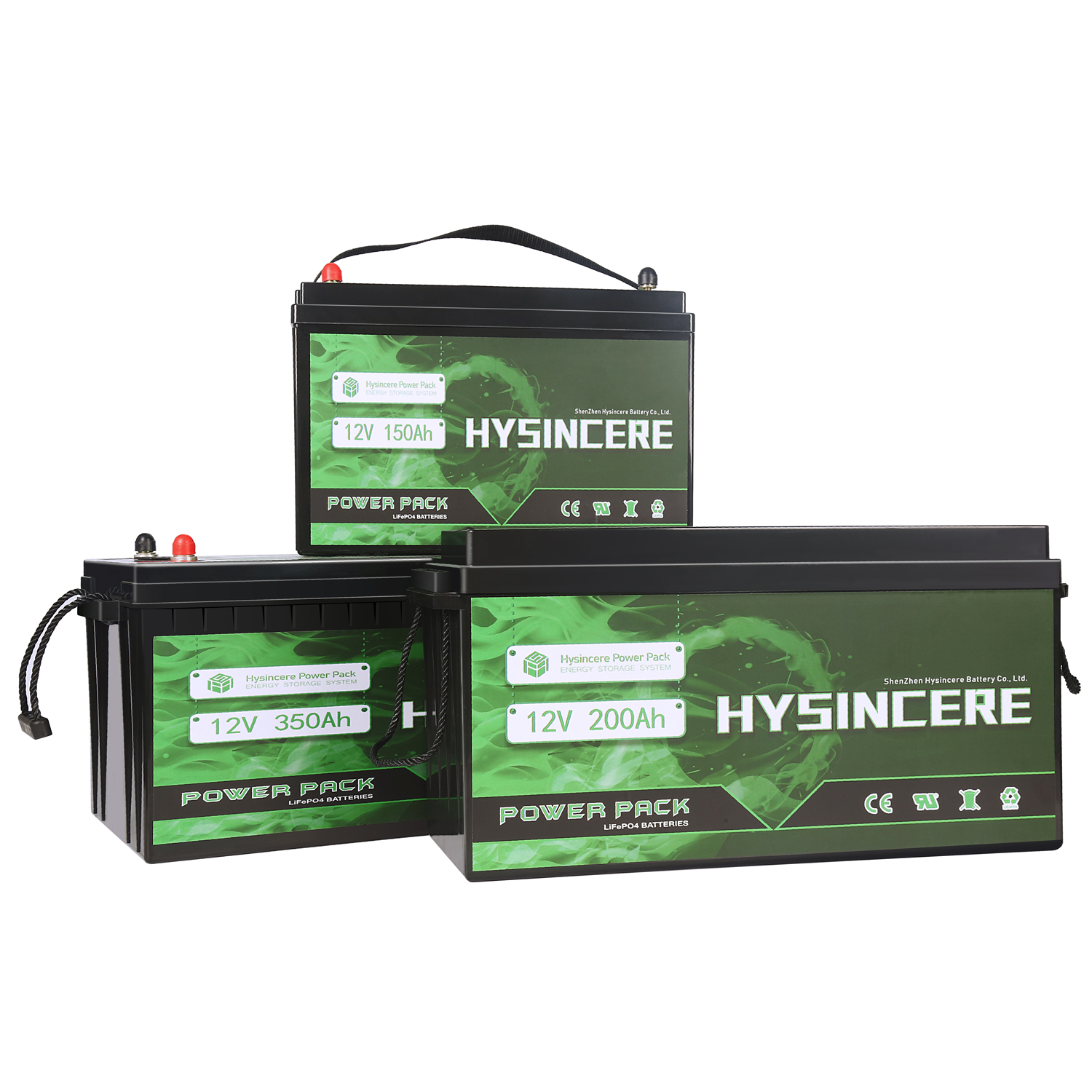
In the pursuit of sustainable and efficient power solutions, the Eco 36 volt lithium battery has garnered attention. This article provides a comprehensive review of the Eco lithium battery, focusing on its features and performance.
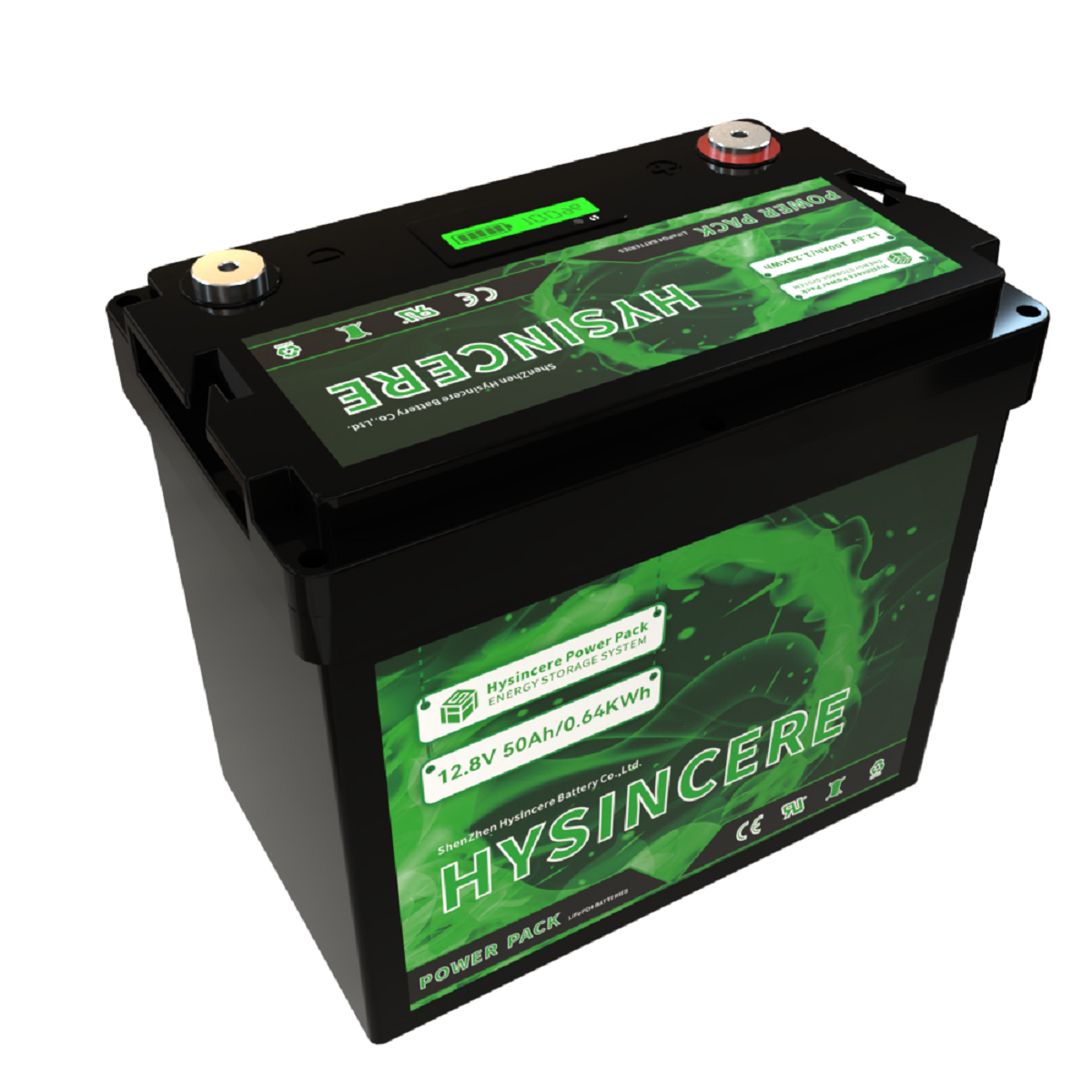
In the pursuit of efficient and reliable power solutions, the selection of the right battery size is crucial. This article focuses on the advantages of group size lithium batteries, highlighting their suitability for various applications.
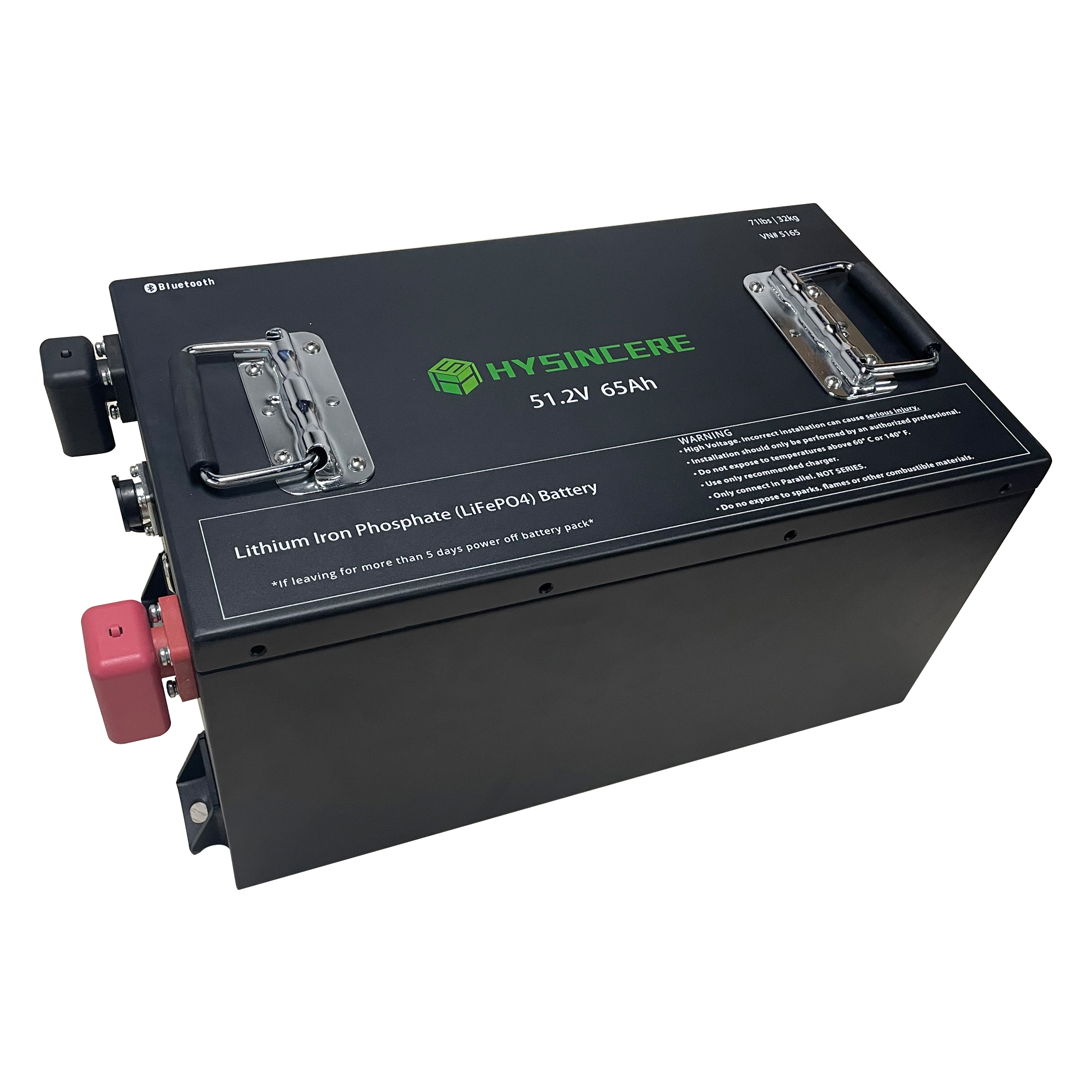
In the pursuit of optimizing golf cart performance, EZGO lithium battery conversion kits have emerged as a leading solution. This article delves into the specific advantages of these kits, focusing on various models and voltage requirements.